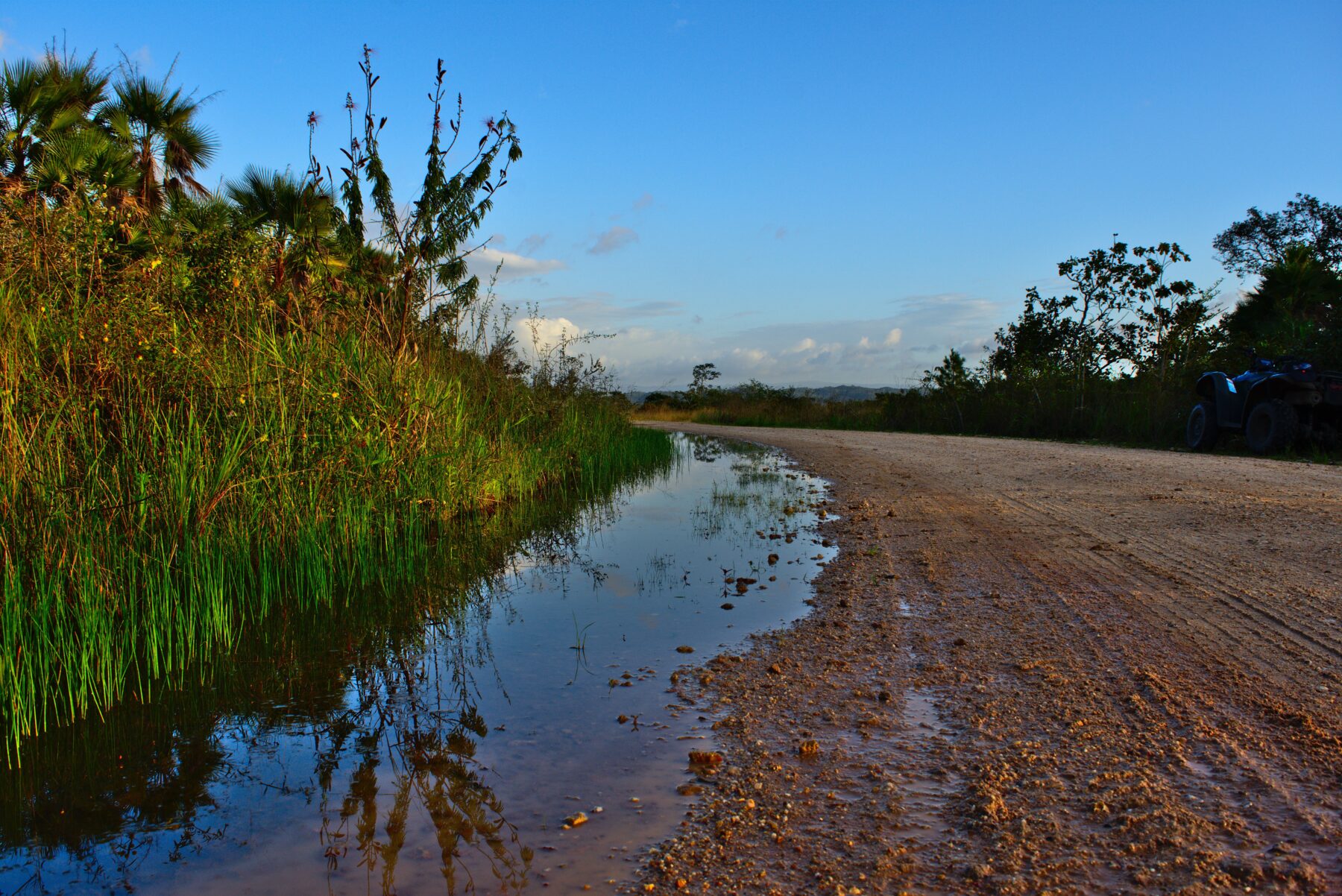Enhance Drainage in Your Garden with the Right Gravel Mix
Drainage issues don’t just disrupt plant health. They quietly erode the integrity of an entire garden. Water pools in incorrect places, roots suffocate, and soil structure begins to degrade. However, this does not require a complicated fix. It begins with the right gravel mix. A mix with purpose, engineered to move water where it should go and support everything that grows on top.
April 7, 2025
Understanding Why Gravel Works
Gravel’s value lies in its structure. Unlike dense, compacted soils that hold water in place, gravel introduces space such as air pockets that water can easily pass through. It breaks up the monotony of fine soil particles, allowing moisture to drain instead of stagnating.
When blended correctly, gravel not only solves drainage problems but improves aeration, supports healthy root growth, and adds a long-term layer of structural integrity to paths, planting beds, and even hardscapes. But it’s the mix that matters. Gravel alone won’t cut it unless it’s been matched to the soil, slope, and saturation levels of the site.
Types of Gravel That Deliver
Several options stand out. Pea gravel is one of the most versatile. Its smooth, rounded shape creates natural voids that allow water to move quickly, making it a strong candidate for both visual appeal and function. Crushed stone, on the other hand, is all about grip. The sharp edges secure one another, forming a stable base under walkways or around raised beds.
Washed 57 gravel, which is a type of mid-sized aggregate, is often chosen for projects that need a balance of size and permeability. Unlike finer materials that compact under pressure, 57 gravel resists clogging and allows water to move freely through the subsoil.
The takeaway here is that while no single type of gravel solves every problem, every type brings a specific benefit. The real power is in how these components come together.
Blending the Right Mix for Maximum Drainage
A well-designed gravel mix includes multiple sizes of aggregate. This range of particle sizes prevents compaction, fills in gaps without sealing off airflow, and promotes better flow-through across the entire substrate. On its own, that’s a solid base. However, gravel works even harder when paired with the right soil amendments.
Sharp sand introduces grit while compost contributes organic structure. Perlite can be incorporated to ensure that the mixture remains light and breathable while retaining the appropriate amount of moisture. For gardens that struggle with dense clay or slow-draining loam, this combination becomes the turning point between saturation and sustainability.
Installation: More Than Just a Surface Treatment
Drainage solutions fail when they’re rushed. A layer of gravel on the surface might look good, but without preparation, water will still pool. The first step is grading so that the ground slopes gently away from any structures. The next step is installing weed barriers, not only to stop growth, but also to prevent the gravel layer from becoming clogged by fine sediment.
The base layer needs structure. In order to maintain stability and permeability, crushed stone is introduced before the primary aggregate mixture. Pea gravel or decorative aggregates sit on top, filling in the finish while making sure that the water continues to flow downward.
Depth is also a necessary consideration. While a few inches will suffice for footpaths and patios, planting beds require depth in order to help buffer roots against fluctuations in moisture and temperature. For areas with high rainfall or drainage challenges, deeper trenches filled with a layered gravel mix provide long-term performance.
Function First, Aesthetic Second
There’s no apparent need to sacrifice design for function. Gravel isn’t just a utility. When used properly, it frames landscapes, draws the eye, and adds a crisp edge to softscapes. Drought-tolerant plantings like sedum, agave, or ornamental grasses pair effortlessly with gravel. Their insignificant water needs are similar to the fast-draining profile, and their structural forms echo the clean lines of stone.
Color can also be strategic. Pale gravel brightens shady spaces while darker tones ground a space visually and blend seamlessly with surrounding plant life. In either case, form and function should reinforce each other.
Solving for Common Drainage Failures
Some sites need more than surface treatment. If water collects near foundations or low points, simple layering is not the answer. In these cases, drainage trenches lined with geotextile fabric and filled with coarse gravel become the go-to strategy. The fabric prevents soil intrusion while the gravel creates an open channel for water to escape.
Sloped areas benefit from larger aggregates, such as a ¾-inch drainage stone. The size prevents washout while still encouraging infiltration. When erosion becomes a concern, blending crushed gravel with finer aggregates creates stabilization without sealing off the water’s path.
Improving drainage is more than a maintenance task. It’s an investment in the longevity of any landscape. The right gravel mix builds a foundation for healthier soil, stronger roots, and a decrease in future problems. For those planning a seasonal refresh or a full garden overhaul, now’s the time to rethink what’s beneath the surface. After all, in gardening as in life, it’s what lies beneath that ultimately supports everything that grows above.


